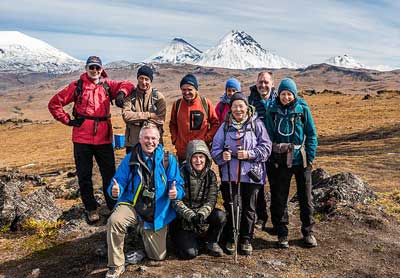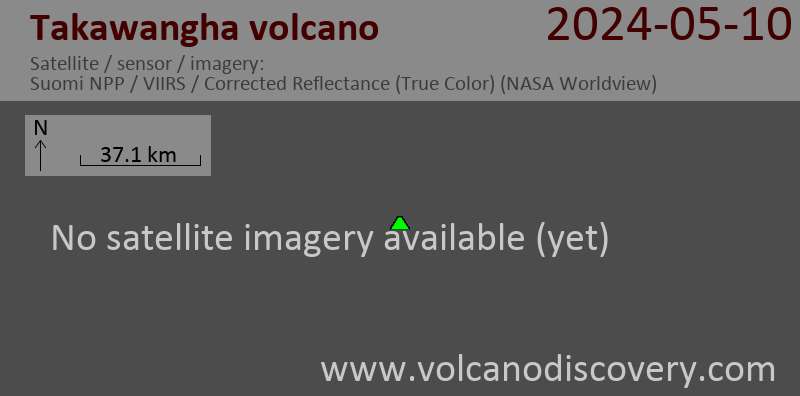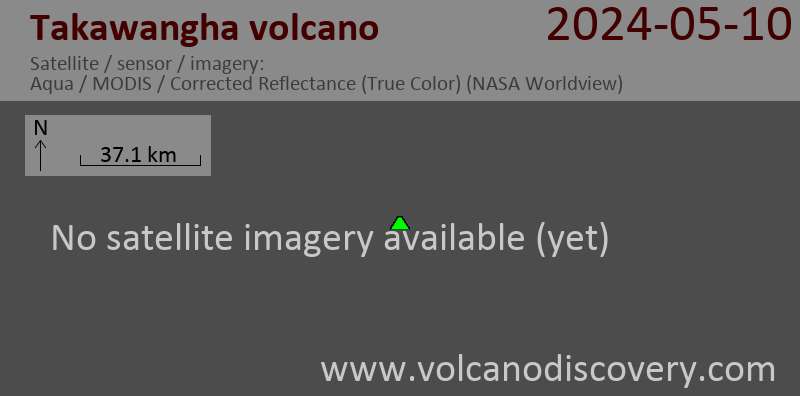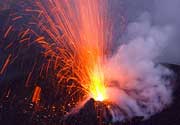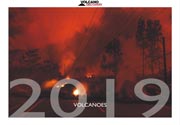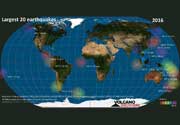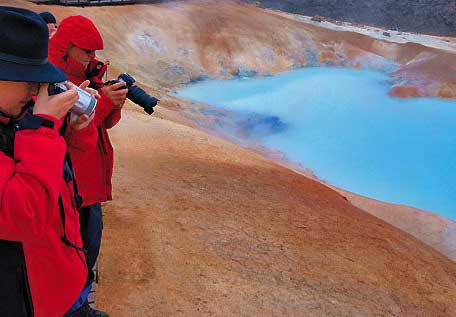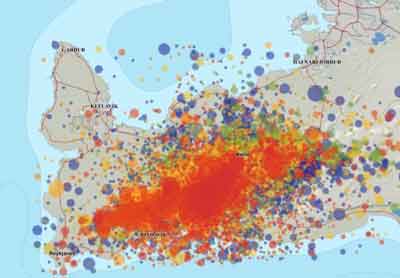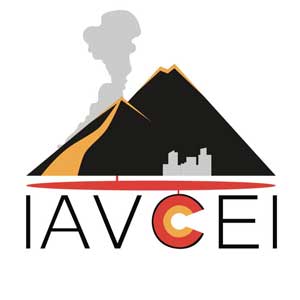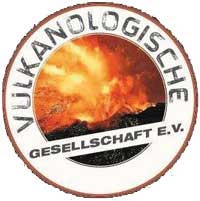Takawangha Volcano
Updated: Apr 29, 2024 07:15 GMT -
Stratovolcano 1449 m / 4,754 ft
Tanaga Island, Aleutian Islands, Alaska, 51.87°N / -178.01°W
Current status: normal or dormant (1 out of 5)
Tanaga Island, Aleutian Islands, Alaska, 51.87°N / -178.01°W
Current status: normal or dormant (1 out of 5)
Last update: 12 Oct 2023 (Smithsonian / USGS Weekly Volcanic Activity Report)

Snow-clad Takanangha volcano on Tanaga Island (image: Loewen, M. W. via AVO / USGS)
Takawangha is a 1449-m-high, young stratovolcano on northern Tanaga Island near the western end of the Andreanof Islands in the Aleutian arc. It is capped by an ice-filled summit caldera.
Due to its remoteness, there are no historical observations of activity, but radiocarbon dates indicate it has probably been active about 500 years ago. In November 2022, seismic unrest was detected under the volcano, suggesting internal magma movements that could be precursor to new activity in the future.
[smaller] [larger]
Takawangha volcano eruptions: 1550 (?)
Latest nearby earthquakes
| Time | Mag. / Depth | Distance / Location | |||
| Apr 19, 12:23 pm (Adak) | 0.2 4.5 km | Info | |||
| Apr 19, 08:44 am (Adak) | 0.3 5.7 km | Info | |||
| Tuesday, April 16, 2024 GMT (1 quake) | |||||
| Apr 15, 06:07 pm (Adak) | 0.8 5.2 km | Info | |||
| Monday, April 15, 2024 GMT (2 quakes) | |||||
| Apr 15, 02:45 pm (Adak) | 1.7 2.3 km | 8.3 km (5.1 mi) to the SE | Info | ||
| Apr 14, 11:04 pm (Adak) | 1.1 2.3 km | 4.2 km (2.6 mi) to the NE | Info | ||
Background
Takawangha lies across a saddle from historically active Tanaga volcano to the west; older, deeply eroded volcanoes lie adjacent to Takawangha on the east. The summit of the dominantly basaltic to basaltic-andesite volcano is largely ice covered, with the exception of five Holocene craters that during the last few thousand years produced explosive eruptions and lava flows that reached the lower flanks of the volcano. No historical eruptions are known from Takawangha, although radiocarbon dating indicates explosive eruptions have occurred within the past several hundred years.---
Smithsonian / GVP volcano information




